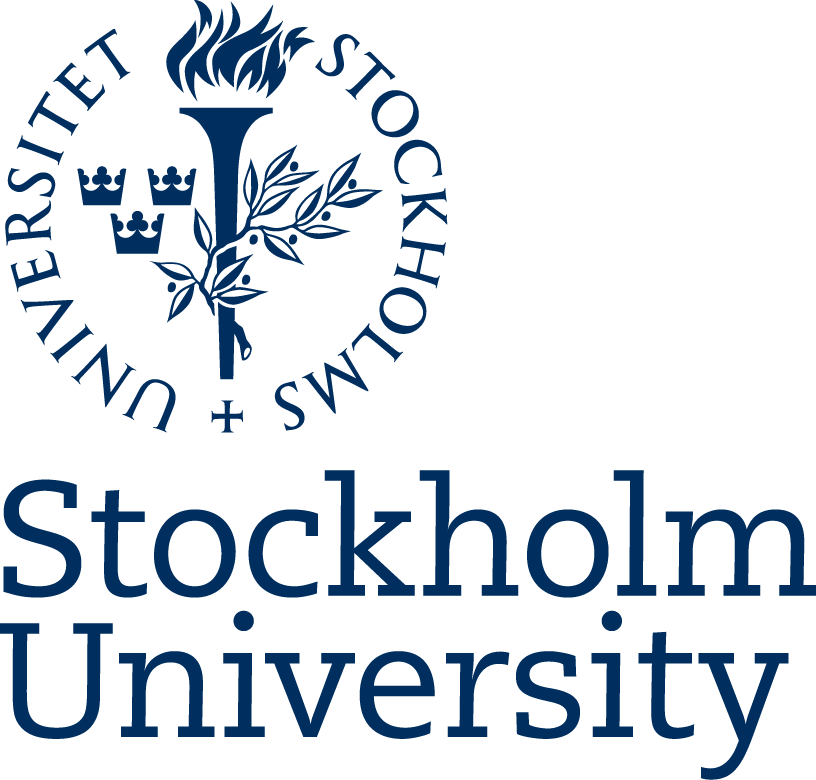Master's Programme in Quaternary Science and Climate Development, 120 ECTS
This education is revoked
Second levelFacts
No available factsEducation plan
Description
The Master’s Programme in Quaternary Science and Climate Development provides students with in-depth knowledge about climate and environmental changes, in different time-scales, and in different geographical regions. Knowledge about natural and anthropogenic climate changes is important for the understanding of the development of the Earth during the Quaternary Period (the last 2.6 million years).
Students will learn methods for reconstructing the climate in different environments, and methods for the interpretation of the glacial landscape. The knowledge gained in the programme will enable students to evaluate statements in the current debate on natural or human-induced climate change.
The programme includes a number of mandatory courses:
The first year consists of six compulsory courses and one elective course focusing on Quaternary stratigraphy and climate variation and methods for dating and reconstructing Quaternary environments. At least one longer field course is included in the first year of the programme.
Natural Archives for Reconstruction of Climate and Environmental Change 15 credits Applied Quaternary Geology 7.5 credits Quaternary Climate History 7.5 credits Quaternary Dating Methods 7.5 credits Quaternary Sedimentology 7.5 credits Paleoglaciology 7.5 credits One elective course (in total 7.5 credits)
During the second year students will complete a Master’s thesis (30, 45 or 60 credits), in addition to coursework (0-30 credits).
Please note: In addition to the documents required by universityadmissions.se (antagning.se), you need to send in application documentation specific for this programme. Please read the information at the education website.



